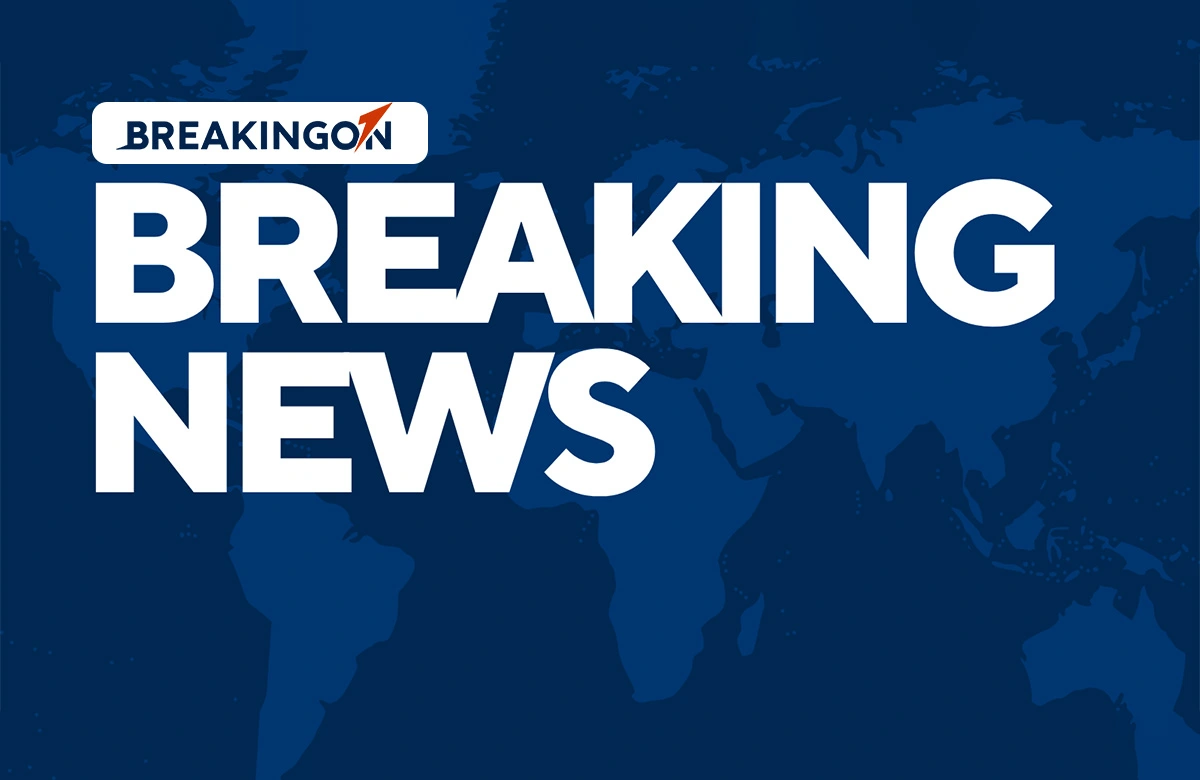
Early Friday morning, Newark Liberty International Airport in New Jersey experienced a significant radar systems outage that lasted approximately 90 seconds. This incident marks the second major outage within a few days at an airport already grappling with a high volume of delayed and canceled flights, as well as overwhelmed air traffic controllers. According to the Federal Aviation Administration (FAA), the telecommunications failure originated at a radar control center in Philadelphia that monitors aircraft operations in the Newark airspace.
The radar outage occurred shortly before 4 a.m. and bore similarities to a previous incident on April 28, which resulted in hundreds of flight disruptions. Following that event, five air traffic controllers had to take trauma leave, further exacerbating staffing shortages at the airport. Experts suggest that Friday’s outage was linked to faulty communication equipment between the Newark airport tower and the Philadelphia Terminal Radar Approach Control (TRACON) center, raising concerns among air traffic controllers, as captured in radio communications.
During a conversation with the pilot of FedEx Flight 1989, an air traffic controller was heard stating, “our scopes just went black again.” In response, the pilot expressed sympathy and support for the stressed air traffic control team, saying, “Wish you good luck, guys.”
On Capitol Hill, Senate Minority Leader Charles E. Schumer (D-New York) and other congressional Democrats voiced their outrage regarding the radar systems outage. Schumer emphasized the need for "immediate and decisive action" to address what he termed an “air travel safety emergency.” In his statement, he insisted that the connection between New York airspace and the Philadelphia air traffic control center must be prioritized for repairs, stating, “the backup system that is not working must be fixed. Now.”
Representative Josh Gottheimer (D-New Jersey), during a news conference at Newark airport on Friday, expressed disbelief that a similar outage had occurred so soon after the April incident. He remarked, “That’s the second time, in a matter of days. Imagine a minute and a half with no communication, and all of those lives relying on you.”
In light of the recent outages, White House spokeswoman Karoline Leavitt described the situation as a "glitch in the system," attributing it to the same telecommunication and software issues identified previously. She noted that the Department of Transportation and the FAA are taking steps to resolve these problems, including the installation of fiber-optic communication lines between Newark airport and the Philadelphia control center, a project slated for completion by the end of summer.
Transportation Secretary Sean P. Duffy recently announced a multibillion-dollar plan aimed at reforming air traffic control systems nationwide. This comprehensive plan includes the introduction of new fiber and wireless technology, the establishment of 618 new radar stations, and the deployment of 25,000 new radios.
Despite these efforts, concerns regarding a severe air traffic controller shortage persist among Democrats in Congress and aviation experts. Earlier this year, the Trump administration's decision to terminate approximately 400 probationary FAA employees heightened these worries, although air traffic controllers were shielded from such cuts. Representative Gottheimer pointed out that there is currently a shortfall of about 40 air traffic controllers in the towers managing Newark and its surrounding airspace, with only 22 controllers currently assigned to that sector. He remarked, “The result is lots and lots of delays and canceled flights and air traffickers who are way overworked and extra stressed.”
Mike McCormick, an associate professor at Embry-Riddle Aeronautical University, noted that the shortage of air traffic controllers in the New York region has been a longstanding issue. This shortage was a significant factor in the FAA’s decision to transfer radar operations for Newark Airport to the Philadelphia control center last summer. He explained, “Traditionally, there is a direct connection between the radio and the radar site and the facility providing approach control services.”
McCormick emphasized that the connection between the Newark airport tower and the Philadelphia center relies on outdated technology, increasing the risk of losing communication. “And if you lose the connection, you lose the data,” he stated, highlighting the critical need for modernizing air traffic control systems to ensure the safety and efficiency of air travel.